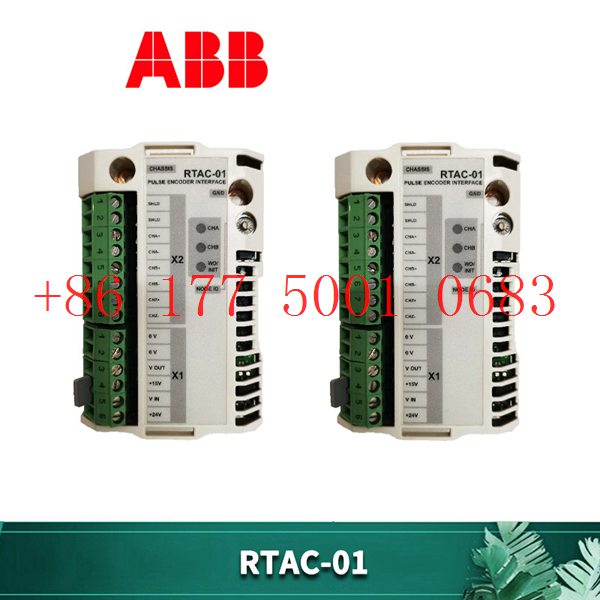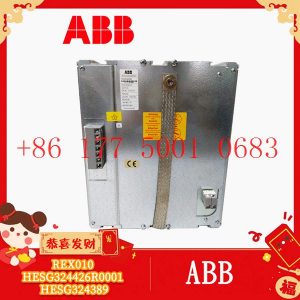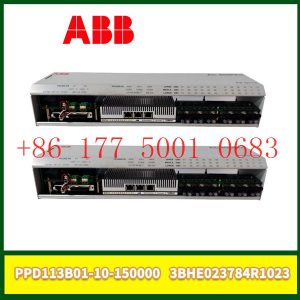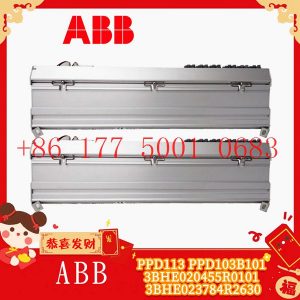Description
hardware flow control. It is an ideal choice in the field of industrial automation.
Figure 4 Tool Framework
2.3Smart component creation
Call the Rotator component: This component is used to allow the rotatable grinding rotor to rotate during simulation to simulate the real grinding scene. In the
parameters of the Rotator component, set the reference to object, the reference object to the frame l, and the object to a copy of the rotor. (2) The rotary grinding rotor
can be rotated, and the speed is l20mm/s (the speed of the grinding head will affect the quality of the finished product) ), the reference center axis is: axis (based on frame
l, centerpoint x, y,: set to 0, 0, 0, Axis set x, y,: 0, 0, l000mm).
Call the Attach component: This component is used to allow the rotatable grinding rotor to be integrated with the tool body. When the tool body is installed
on the flange, it can follow the movement of the flange. In the parameters of the Attach component, set the sub-object to be a copy of the rotor (2) for the rotatable
polishing rotor, and the parent object is the tool body of a copy of the rotor. The offset and orientation are
based on the offset of point B relative to the origin. For setting, you can use the measurement tool in Robotstudio software to measure, and then set the parameters
after measurement.
Verification: Install a copy of the rotor tool body onto the robot flange, and then click Execute in the Attach component. You can observe whether the position of the
rotatable grinding rotor is correct at this time. If there is a deviation, adjust the position in time, as shown in the figure. 5 shown.
Figure 5 Tool installation
2.4 Create tool coordinate system
Use the six-point method to create the tool coordinate system Too1data on the robot teach pendant at the center of the rotor. Change the tool coordinate
system to Too1data in the basic options. At this time, click on the robot manual linear and you can drag the robot to move linearly at will.
2.5 Creating trajectories and programming
Determine the trajectory: According to the requirements of the work task, design the grinding trajectory around the workpiece and determine the trajectory
points and transition points required for the grinding trajectory. The grinding action process is shown in Figure 6.
Setting I/O and programming: Yalong IY-l3-LA industrial robot deburring and grinding system control and application equipment adopts 0sDC-52 6/o
communication board, the address is 10, Do1 is the digital output signal, the address is 1 . First set the I/O board, then set the I/O digital output signal Di1,
and then program on the simulation teaching pendant. The procedure is as follows:
PRoCmain()
setDo1: Set the Do1 signal to allow the external grinding rotor to start rotating.
waitTime1: The robot stays in place and does not move, waits for 1s, and lets the polishing rotor turn to the specified speed, transition
MoveAbsjjpos10NoEoffs,v1000,z50,Too1data1: The robot moves to the initial point jpos10 above point p10. Point jpos10 is used as the starting
point and end point of the robot”s action.
Move4p10,v1000,z50,Too1data1: Move straight line grinding to point p10
Move4pL0,v1000,z50,Too1data1: Move straight line grinding to pL0 point
Move4p30,v1000,z50,Too1data1: Move straight line grinding to point p30
Move4p40,v1000,z50,Too1data1: Move straight line grinding to p40 point
Move4p10,v1000,z50,Too1data1: Move straight line grinding to point p10
MoveAbsjjpos10NoEoffs,v1000,z50,Too1data1: The robot moves to the initial point jpos10 above point p10
waitTime1: wait 1s, transition
ResetDo1: Reset the Do1 signal to stop the rotor ENDPRoC
2.6 Simulation design and verification
Simulation design: Create a smart component to input the Di1 signal, and use the Di1 signal to simulate the external polishing start signal to
execute the Rotator component and Attach component of the smart component to achieve the visual effect of rotating and polishing the polishing rotor.
In the workstation logic design, the smart component input Di1 signal is associated with the robot Do1 signal, so that the robot signal Do1 can control
the smart component input Di1 signal, thereby controlling the start and stop of the rotation of the polishing rotor.
Verification: In the program of the teaching pendant, first set the pp command to move to Main, and then set the robot startup mode to automatic.
Click play in the simulation of Robotstudio software to verify whether the trajectory is consistent with the assumption, and optimize the path in time for
problems existing in the simulation.
3Summary and outlook
This design is based on the programming simulation of the Yalong Y4-1360A industrial robot deburring system to control the grinding robot workstation.
It covers aspects such as creating a workstation, setting
up tools, creating smart components, creating tool coordinate systems, creating trajectories, programming, simulation design, and verification. Starting
with it, the polishing simulation of the workstation is realized through the smart component function of Robotstudio software. The animation effect is intuitive
and lifelike, which not only facilitates teaching demonstrations, but also facilitates program debugging, and has application value for both production and teaching.
In the planning and design of the workpiece grinding trajectory, according to the different roughness and grinding amount process requirements of the
workpiece, the rotation speed, feed speed, feed amount, and grinding angle of the grinding rotor are also different. The feed amount can be adjusted in
time according to the on-site conditions. , feed speed, rotor speed, grinding angle and other parameters. After appropriate adjustments, the motion trajectory is written with the
corresponding program on the Robotstudio software to further reduce the possibility of robot collisions and singular points contained in the trajectory
during the actual debugging process. ,Optimize paths and improve debugging efficiency.
https://www.xmamazon.com
https://www.xmamazon.com
https://www.plcdcs.com/
www.module-plc.com/
https://www.ymgk.com
SIEMENS-6ES7414-3XM05-0ABO Industrial control module
SIEMENS-6ES7318-3EL00-0ABO Central processing unit
SIEMENS-6ES5948-3UR23 Central processing unit
SIEMENS-6DD2920-0AB0 Flip-flop module
SIEMENS-1FT5066-0AC71-2-Z Servo driver
SIEMENS 1FK6084-6AZ2 9ZZ9-ZS05 Servo driver
SE4001S2T2B1 EMERSON Input/output module
SE3007 EMERSON controller
SE3006 EMERSON control module
SAGEMCOM 252721117AC Industrial control module
SAGEMCOM 252721013AF Interface module
SAGEMCOM 252720938AB Interface module
REXROTH RAC 2.2-200-460-A00-W1 controller
PS693 TOSHIBA Integrated controller
PFSK 152 ABB Signal concentrator board
PFSK 151 ABB Signal processing board
PFSK 142 ABB Control panel
PFSK 141 ABB Power supply with Heatsin
PFSK 129 ABB End plate
PFSK 115 ABB Adapter manometer
PFSK 109 ABB Connection unit
PFSA240 ABB Automatic tension control system
ABB PFSA145 3BSE008843R1 Power module
PFSA101 Roll supply unit
P0960JA-CP40 FOXBORO Thermal resistance input and output module
OS9-GNI-U24 Expansion module
NMS-CG6060/32-4TE1 Power adapter
NACHI-BUY222 Power module
N7K-M148GT-11L CISCO exchange
KONGSBERG MRU-M-MB3 Monitoring system
MARPOSS E9066 Temperature sensor
LEUZE-DDLS-200-200.2-50-M12-50125768
KUKA KPS-600-20-ESC Frequency changer
INICTO3A Control module
HoloTrak IS8500-232-422 Electrical and mechanical equipment
HIMA H51q-HS B5233-1 997105233 System module
HCMCO3MC-1A B&R coprocessor
FOXBORO ZCP270 module
FOXBORO PO973LN switch
FOXBORO CP60 Control processor
FOXBORO CP40B Control processor
FORCE CPU-2CE-16 Single board computer
DSPC 454 ABB Programmable controller
DSPC 320 ABB Rated output
DSAI 301 ABB Industrial module
DSAI 130D ABB Energy monitoring unit
BOSCH SF A4.0125.015 14.057 Servo motor
BOSCH SE110 0608830109 Controller module
BK698CPA15B0 GE controller
BAUMULLER-BKF12 Frequency changer
B&R-5AP933.215C-00 Automation panel
ABB PFSK 103 Output module
ABB DSTC 452 modem







Reviews
There are no reviews yet.